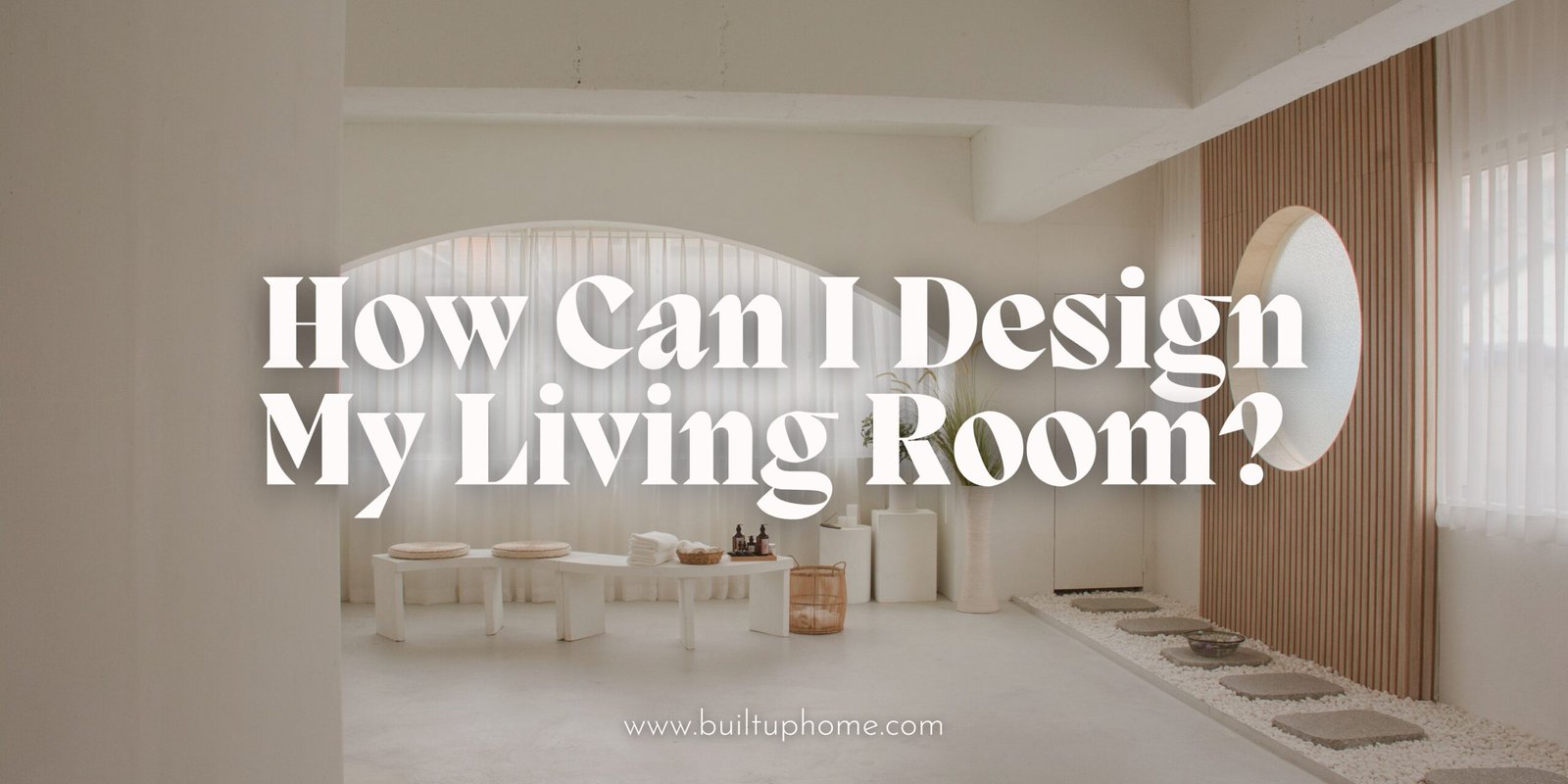The center of your house is your living room. After a long day, you can unwind there, host visitors, and spend time with those you care about. So naturally, designing it should reflect both your personal style and everyday needs. Whether you’re starting from scratch or giving your space a makeover, this guide will walk you through how to design a living room that’s stylish, comfortable, and uniquely yours.
1. Understand the Purpose of Your Living Room
Before picking out furniture or paint colors, consider how you’ll use the space. Ask yourself:
- Do I need a formal sitting area or a cozy, family-friendly space?
- Will I watch TV here, host parties, or read books?
- How many people must the area be able to hold?
Understanding the room’s purpose helps shape the layout and design decisions. A media-heavy room will require a different setup than a conversational sitting room.
2. Choose a Style That Reflects You
Pick a design style that matches your personality and complements the rest of your home. Some popular styles include:
- Modern: Clean lines, minimalism, and neutral tones.
- Traditional: Classic furniture, warm colors, and elegant touches.
- Bohemian: Eclectic patterns, global influences, and layered textures.
- Scandinavian: Light, airy design with functional furniture and simple decor.
- Industrial: Raw materials like brick and metal, combined with rustic wood.
Not sure what your style is? Create a mood board or scroll through Pinterest and Instagram for inspiration.
3. Select a Color Scheme
The room’s mood is established by your color scheme. Select hues that evoke the desired mood:
- Light and neutral tones for a calming and spacious feel.
- Bold and vibrant colors for energy and personality.
- Earthy hues for warmth and comfort.
If you’re unsure, you can never go wrong with a neutral base and adding pops of color through pillows, artwork, or rugs.
4. Plan the Layout Wisely
Functionality and flow are essential when designing a layout. Make a rough floor layout by measuring your area first. Remember these pointers:
- Anchor the room with a central piece like a sofa or coffee table.
- Create conversation areas with seating that faces inward.
- Maintain walkways so people can move around easily.
- Consider focal points like a fireplace, TV, or large window.
Using painter’s tape on the floor to map out furniture sizes can help visualize the setup before you buy anything.
5. Choose the Right Furniture
Buy pieces that suit your style, fit your space, and serve your needs.
- Sofa: Invest in a quality, comfortable sofa—it’s the centerpiece of your living room.
- Chairs or a loveseat: Add more seating if space allows.
- Coffee table: Choose a table that complements the sofa in height and style.
- TV stand or media unit: If you watch TV, go for a unit that provides both function and storage.
- Storage furniture: Consider bookshelves, consoles, or storage ottomans to reduce clutter.
Don’t overcrowd the room—leave space to breathe.
6. Add Layers with Rugs, Curtains, and Lighting
These components give your living room depth and coziness.
- Rugs: Define areas, especially in open-plan homes. Make sure it’s big enough to fit under the front legs of your furniture.
- Curtains: Frame your windows and add softness. Floor-length curtains often look more polished.
- Lighting: Mix ambient lighting (ceiling lights), task lighting (lamps), and accent lighting (wall sconces or candles).
Good lighting can completely change the atmosphere, so don’t overlook it!
7. Decorate with Personality
Personal touches bring your living room to life. Use:
- Artwork or framed photos to add visual interest and reflect your taste.
- Add blankets and pillows for comfort, color, and design.
- Indoor plants to freshen the air and add greenery.
- Books, candles, and vases to style shelves and tables.
Stick to your chosen color palette and style to keep the look cohesive.
8. Keep It Clutter-Free
Organization is key to a functional space. Choose furniture that doubles as storage—like a coffee table with drawers or an ottoman that opens up. Use baskets or decorative boxes to hide remote controls, magazines, or kids’ toys.
A clutter-free space feels more open, relaxing, and welcoming.
9. Add a Personal Focal Point
Whether it’s a gallery wall, a vintage fireplace, or a bold piece of furniture, your focal point should reflect your taste and give the room character. It draws the eye and sets the tone for the entire space.
10. Be Flexible and Take Your Time
Great design doesn’t happen overnight. Allow your space to evolve naturally as you live in it. You might discover you need more storage, want to swap colors, or add more seating later.
Start with the essentials and add pieces gradually so everything has purpose and meaning.
Final Thoughts
Designing your living room is about creating a space where you feel at home—one that’s comfortable, functional, and full of personality. By considering how you’ll use the room, choosing a style and color palette that speaks to you, and layering in furniture and decor that support your lifestyle, you’ll end up with a room you love spending time in.
No matter your budget or square footage, thoughtful planning and creativity can transform your living room into a beautiful, functional retreat that fits your life perfectly.
Read More Detailed About: Built UP Home
How to Light a Night-Time Living Room
How to Arrange Furniture in Living Room

